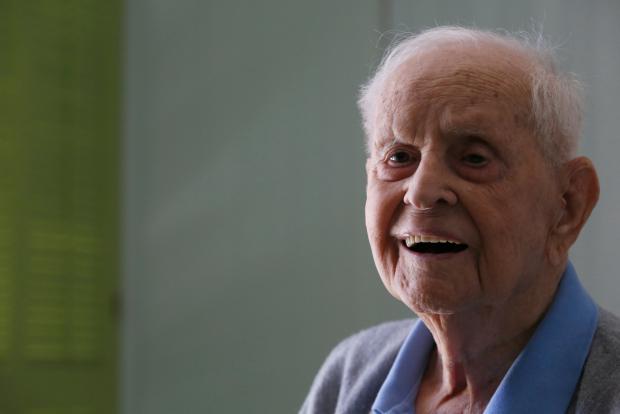
Breaking News
 FULL REPLAY: President Trump Delivers an Address to the Nation - 12/17/25
FULL REPLAY: President Trump Delivers an Address to the Nation - 12/17/25
 MELANIA, the film, exclusively in theaters worldwide on January 30th, 2026.
MELANIA, the film, exclusively in theaters worldwide on January 30th, 2026.
Top Tech News
 This tiny dev board is packed with features for ambitious makers
This tiny dev board is packed with features for ambitious makers
 Scientists Discover Gel to Regrow Tooth Enamel
Scientists Discover Gel to Regrow Tooth Enamel
 Vitamin C and Dandelion Root Killing Cancer Cells -- as Former CDC Director Calls for COVID-19...
Vitamin C and Dandelion Root Killing Cancer Cells -- as Former CDC Director Calls for COVID-19...
 Galactic Brain: US firm plans space-based data centers, power grid to challenge China
Galactic Brain: US firm plans space-based data centers, power grid to challenge China
 A microbial cleanup for glyphosate just earned a patent. Here's why that matters
A microbial cleanup for glyphosate just earned a patent. Here's why that matters
 Japan Breaks Internet Speed Record with 5 Million Times Faster Data Transfer
Japan Breaks Internet Speed Record with 5 Million Times Faster Data Transfer
 Advanced Propulsion Resources Part 1 of 2
Advanced Propulsion Resources Part 1 of 2
 PulsarFusion a forward-thinking UK aerospace company, is pushing the boundaries of space travel...
PulsarFusion a forward-thinking UK aerospace company, is pushing the boundaries of space travel...
 Dinky little laser box throws big-screen entertainment from inches away
Dinky little laser box throws big-screen entertainment from inches away
 'World's first' sodium-ion flashlight shines bright even at -40 ºF
'World's first' sodium-ion flashlight shines bright even at -40 ºF
Biggest genetic study of supercentenarians reveals clues to healthy aging

Gene variants improving DNA repair processes were particularly prominent in this cohort of supercentenarians.
If you eat well, exercise frequently and avoid those detrimental vices, you can reasonably hope to live a long and healthy life. Of course, many age-related diseases seem almost inevitable, whether they catch up with you in your 80s or your 90s. But some people show a propensity for extreme longevity, living healthily well past the age of 100.
Research has shown those who live beyond the age of 100 tend to present extraordinarily healthy signs of aging. They are less likely to have been hospitalized in earlier life and have seemed to avoid many age-related conditions most people battle in their 80s or 90s, such as heart disease or neurodegeneration.
This new study presents a comprehensive investigation of 81 semi-supercentenarians (aged over 105) and supercentenarians (aged over 110). The researchers also matched this cohort against a group of healthy, geographically matched subjects aged in their late 60s. The goal was to genetically distinguish those generally healthy people in their late 60s from those extremely healthy supercentenarians.
Five particular genetic changes were commonly detected in the supercentenarian cohort, concentrated around two genes called STK17A and COA1.
STK17A is known to be involved in DNA damage response processes. As we age, the body's DNA repair mechanisms become less effective. Accumulated DNA damage is known to be responsible for some signs of aging, so increased expression of STK17A can favor healthy aging by preserving DNA repair processes in old age.

 The Prime Directive is Evil
The Prime Directive is Evil
 Don't Worry About Bitcoin
Don't Worry About Bitcoin

